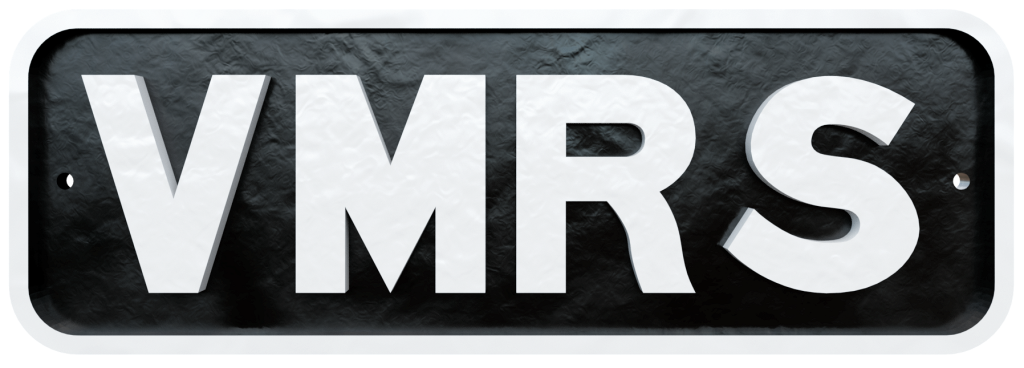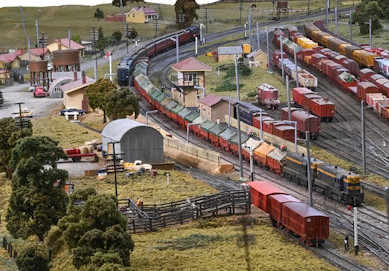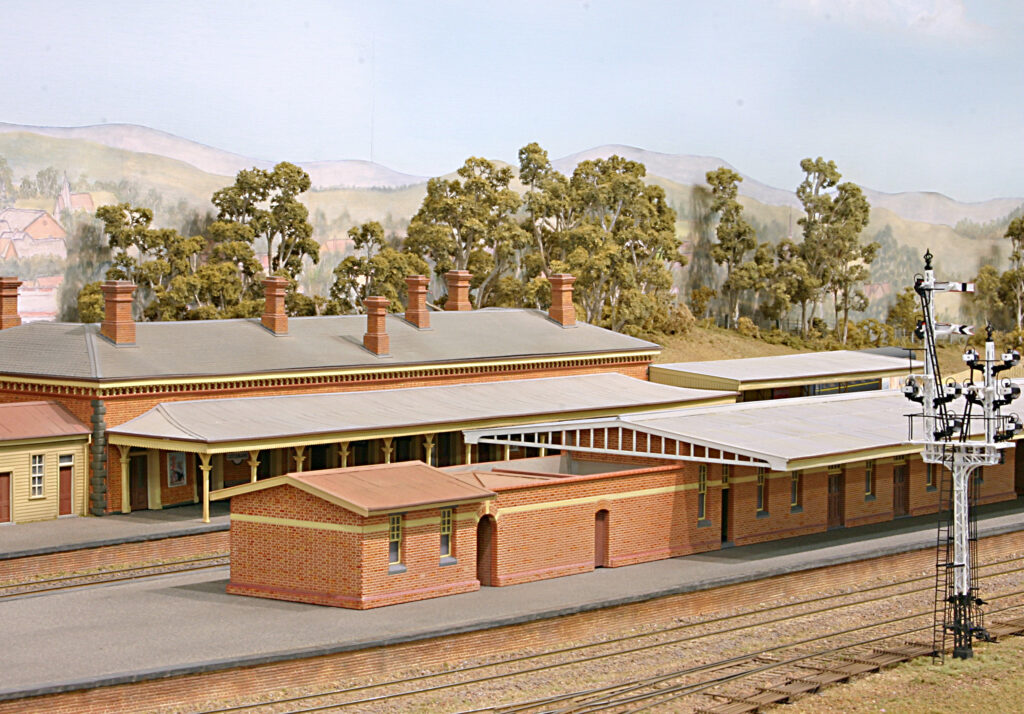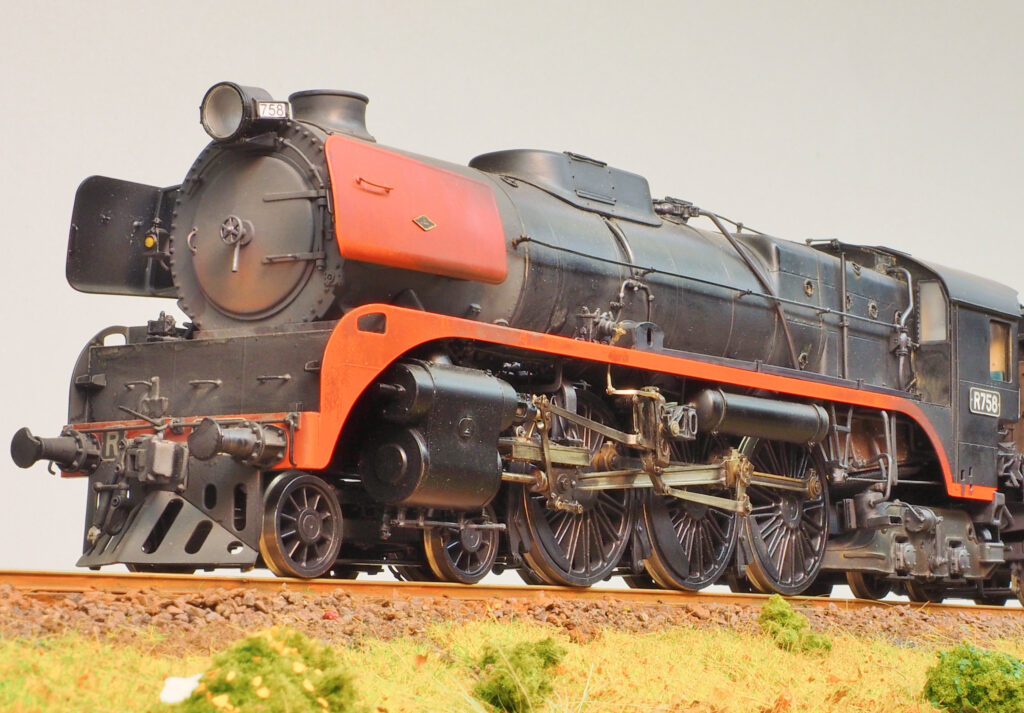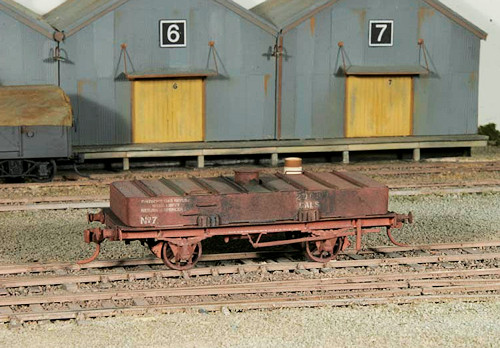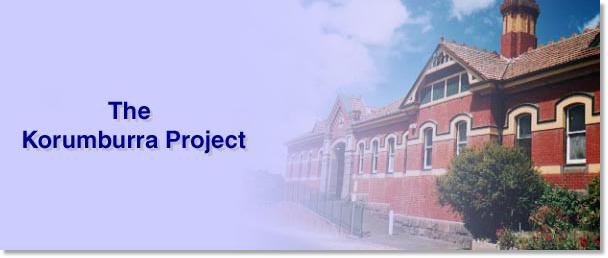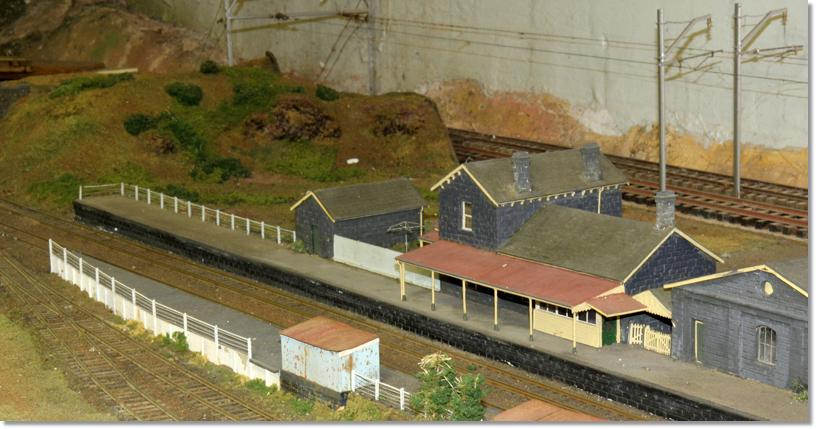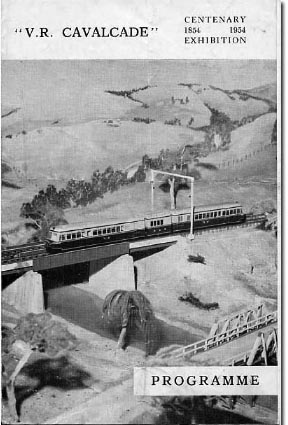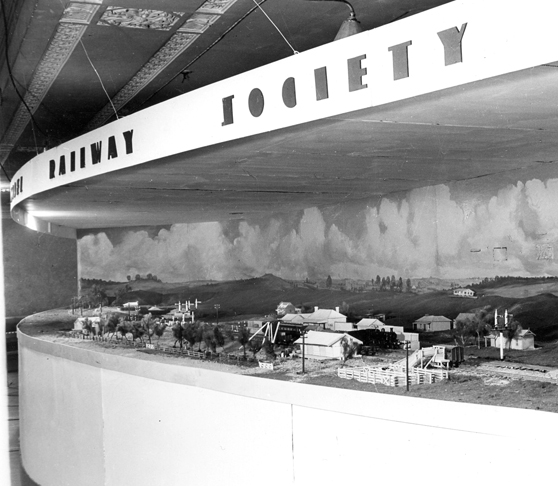Models by Richard Parker – Murtoa & Marmalake
Richard’s stunning models are based on Murtoa and Marmalake stations in Western Victoria. Richard says, “The idea for the Murtoa layout began way back in 1979 when I first saw Graham Brown’s prototype Woodend layout at the Australian Model Railway Association’s (AMRA) exhibition at the Camberwell Town Hall. I had never seen anything with such detail and realism up to that time and decided there and then that I had to build a prototype layout like this for myself. “The location I chose to build my prototype model of was Murtoa, situated on the main western line between Melbourne and Adelaide; Murtoa is the branch line terminus for the Warracknabeal–Hopetoun line. It had almost one of everything you could find at a country station at that time. It is on a main line with a branch line terminus, had an island platform, footbridge, railmotor dock and more. The results speak for themselves – outstanding modelling work and exquisite detail. All photos by John Dennis. Murtoa W.C Thomas & Sons Flour Mill and Wheat Silo Murtoa. R 752 with Loaded GYs coming into Murtoa from Dimboola. Hopetoun Rail Motor leaving Murtoa. C510 leading an up Jet to Adelaide in the late 1970s. J 516 taking on Coal at the Murtoa Coal stage. Up and Down Pass passing at Murtoa with DERM ready to leave for Hopetoun. An A2 heading up to Marmalake with a rake of fully loaded GYs. B 71 bringing fully loaded GYs into Murtoa on the Hopetoun line. Late afternoon goods from Horsham. N453 coming into Murtoa from Warracknabeal during peak wheat season. R 707 with afternoon pass from Melbourne. A unique way of getting goods from island platform to Van goods shed at Murtoa. X 37 with non-stop up fast goods through Murtoa. Passengers waiting at Murtoa with the large brick water tower in the background. R 752 coming into the Murtoa yard from Dimboola. Murtoa railway station. Loading sheep at Murtoa. Loading bagged wheat at Murtoa. Afternoon Melbourne pass leaving Murtoa. B 62 heading a fast goods from Adelaide. J 516 at the Murtoa coal stage. Elevated view of Murtoa station and yards 1962. Roadside goods passing through Murtoa. Local businesses opposite Thomas flour mill. Murtoa loco maintenance yard. W.C Thomas flour Mill at Murtoa. Looking at K 184 in Murtoa engine shed through foot bridge. Murtoa signal box Murtoa Station packed with GYs during a bumper wheat season Looking down at the Murtoa station from the five-story water tower. B 62 with the Dimboola goods. K 184 outside the Murtoa engine shed. Looking down Soldier Avenue Murtoa. B 71 with fully loaded GYs from Hopetoun. Marmalake Melbourne pass passing Marmalake wheat Storage facility. Melbourne pass passing Marmalake wheat Storage facility. J 516 removing empty GY from Marmalake Afternoon Dimboola pass passing over the Yarriambiack Creek at Jung Raking wheat out of GY at Marmalake wheat storage facility near Murtoa GYs unloading wheat in undercover track shed at Marmalake GYs in undercover track shed at Marmalake No 1 and No 2 sheds at Marmalake. Fordson tractor pushing loaded GY onto the unloading pits at Marmalake Swimmers in Yarriambiack Creek at Dimboola pass passes by. Loaded GYs waiting their turn to be unloaded at Marmalake. Raking wheat over Marmalake pits. GYs in undercover track shed at Marmalake. Locals fishing in the dam across the track from Marmalake. X 47 with Ararat good passing by Marmalake coming into Murtoa. Local farmers bringing their wheat harvest to Marmalake. Melbourne pass passing Marmalake wheat Storage facility. Melbourne pass passing Marmalake wheat Storage facility. J 516 removing empty GY from Marmalake Afternoon Dimboola pass passing over the Yarriambiack Creek at Jung Raking wheat out of GY at Marmalake wheat storage facility near Murtoa GYs unloading wheat in undercover track shed at Marmalake GYs in undercover track shed at Marmalake No 1 and No 2 sheds at Marmalake. Fordson tractor pushing loaded GY onto the unloading pits at Marmalake Swimmers in Yarriambiack Creek at Dimboola pass passes by. Loaded GYs waiting their turn to be unloaded at Marmalake. Raking wheat over Marmalake pits. GYs in undercover track shed at Marmalake. Locals fishing in the dam across the track from Marmalake. X 47 with Ararat good passing by Marmalake coming into Murtoa. Local farmers bringing their wheat harvest to Marmalake.
Models by Richard Parker – Murtoa & Marmalake Read More »
